We’re excited to be in Pasadena again for LightBox Expo 2024. It’s one of our favorite conventions of the year and… in addition to all the great art in the show, it doesn’t hurt that it’s got some great art spaces right around the corner (just in case you can slip away for a few moments, which we always try to do). There’s always time for an inspiration time-out. We find that studying historical works of art – how the artists approached their materials, narratives, metaphor and allegory – invariably plants some new seeds to nurture in our own process.
One of the museums that has some treasures we always enjoy revisiting is the LACMA – the Los Angeles County Museum of Art. Today, I share a few of our favs, plus some that look like they just might have been inspired by this most spooky time of year.
Whether you’ve visited or not, you’ll probably recognize Chris Burden’s, “Urban Light” – a hallmark of the museum.
There are a number of luscious terra cotta sculptures, including Adam Lambert-Sigisbert’s “Neptune.” Looking at this one, you can’t help but to just feel the deliciously tactile sensation of the clay under the sculptor’s hand.
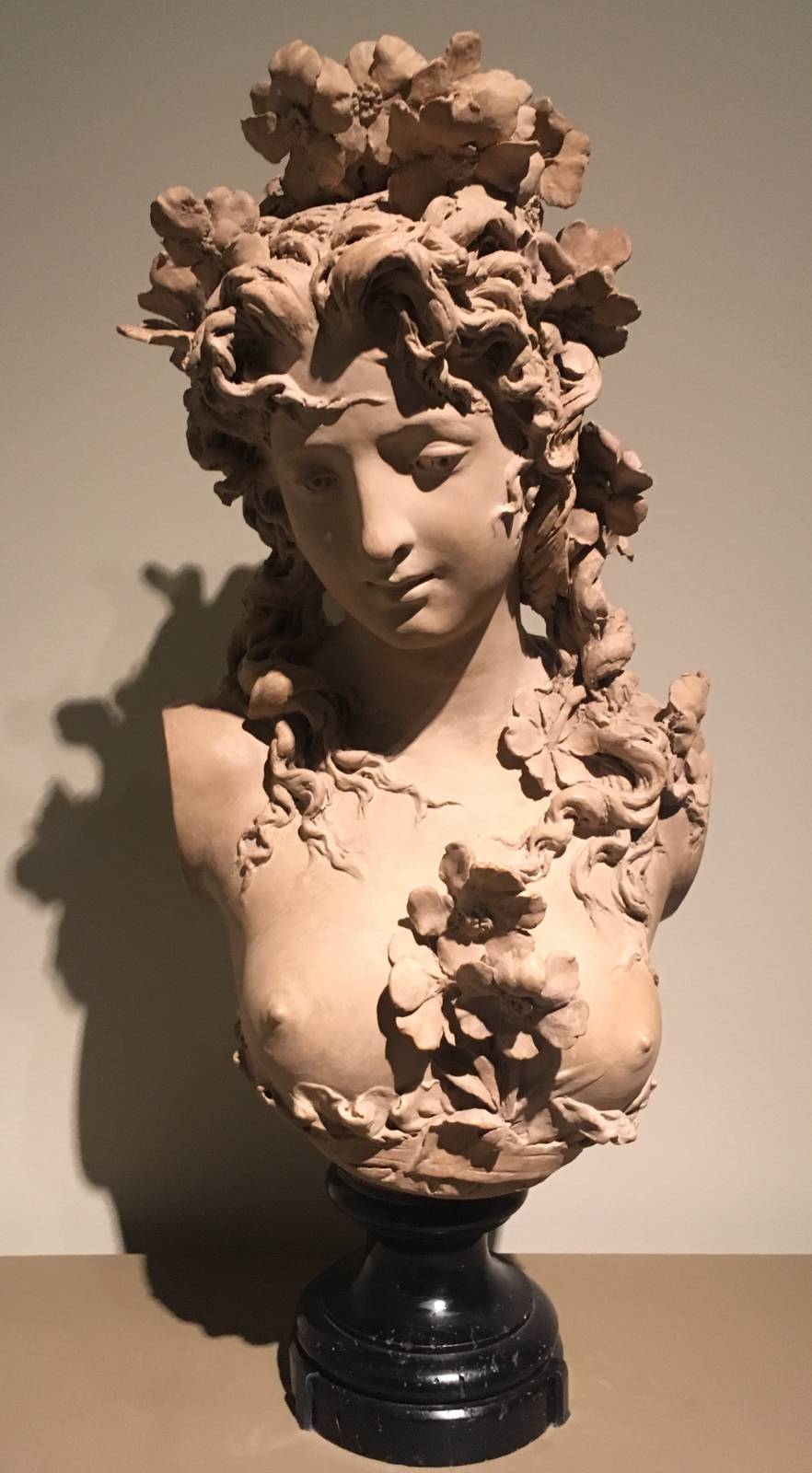
Carrier-Belleuse has been the source of much inspiration for me over the years and when I came around the corner to find his “Fantasy Bust,” I was quite literally jumping up and down with delight to get to look at another of his works up close. Isn’t it remarkable that we have the opportunity to study all these incredible historical works – nose right up to them as if we were in the artist’s studio with them?

Here Jean-Baptiste Carpeaux provides another masterclass in dramatic drapery, line, composition and allegory in his terra cotta sketch, “The City of Valenciennes Defending the Fatherland in 1793.”
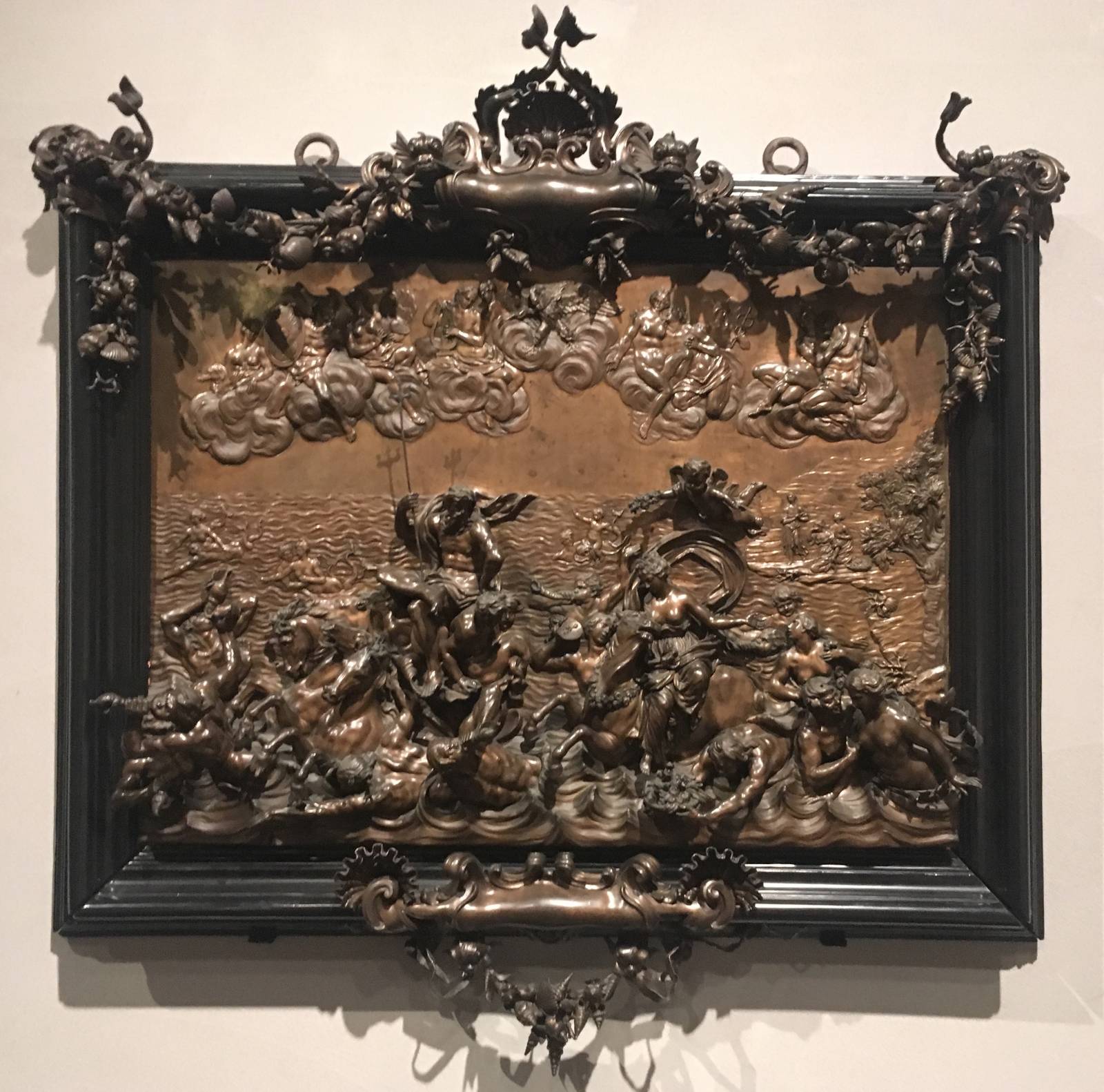
Antonio Montauti’s bronze relief “The Triumph of Neptune and Europa” quite literally oozes out of the confines of its borders. As explained by the museum, “Jupiter, king of the gods, adopted the form of a bull to abduct the princess Europa from Tyre to the island of Crete. In this relief, the couple is led by the sea god, Neptune, while other gods look on from above. The sculpture may have been commissioned to celebrate a dynastic union.”
Now, despite the balmy and decidedly un-fall-like weather here in Southern California, perhaps these works can help launch the Hallowe’en spirit!

I always thought this was such a unique interpretation and because of that, an intriguing depiction of Satan by Jean-Jacques Fechére. His pensive posture almost makes him seem as if he’s pondering his misdeeds.

“The Clash of the Titan’s” mechanical owl Bubo seems it may have had its inspiration in an early sculpture like this one.
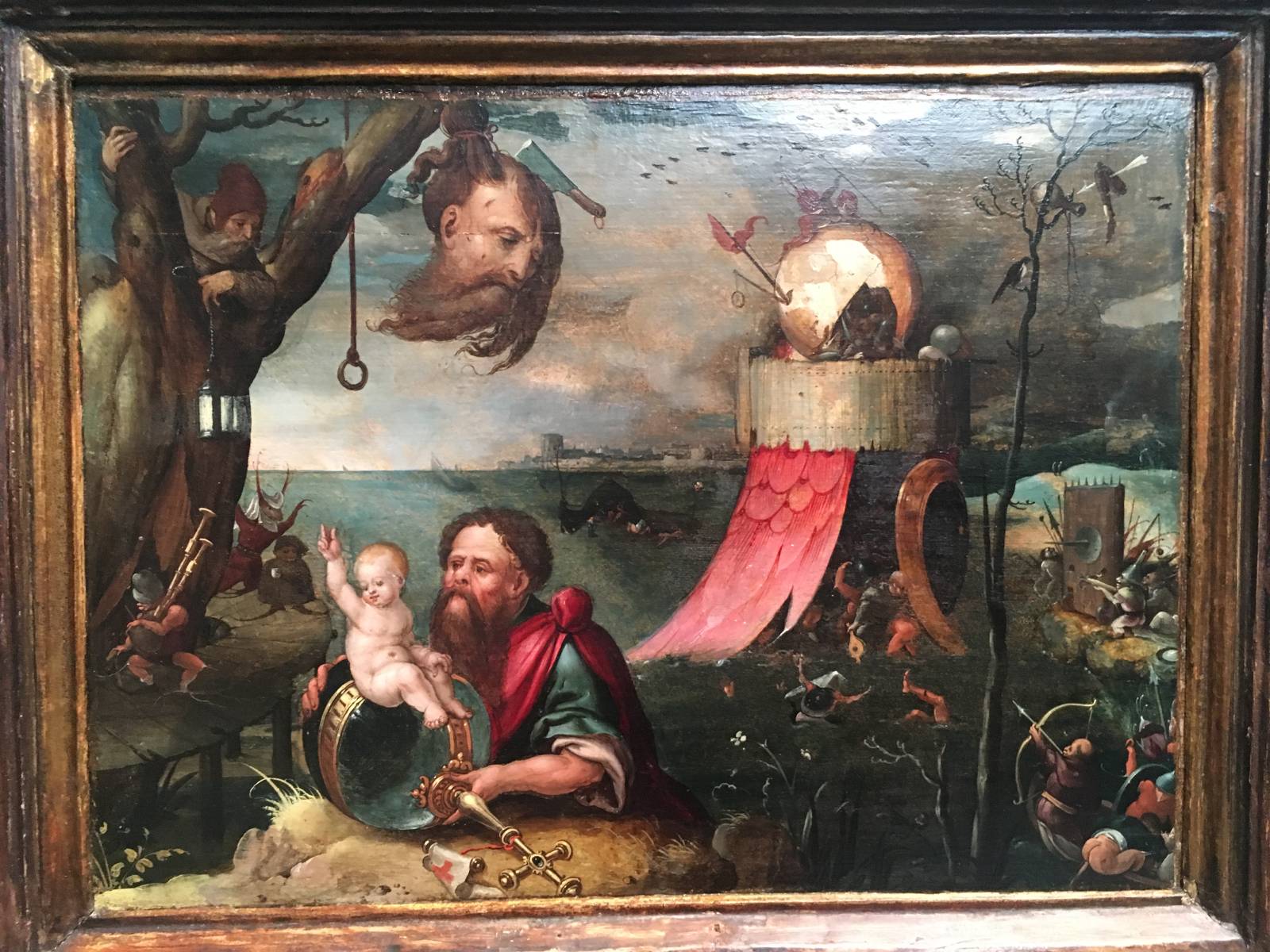
There is a lot going on here…Jan Mandyn’s “Saint Christopher and the Christ Child”. From the museum, “…Following Hieronymous Bosch, Jan Mandyn includes the fantastic creatures who tempted Christopher to abandon his quest. The severed head refers to the saint’s martyrdom.”

Jean-Antoine Houdon’s portrait of Giuseppe Balsamo looks a bit like a fellow who might see dead people.
Wishing you a very Happy Hallowe’en!


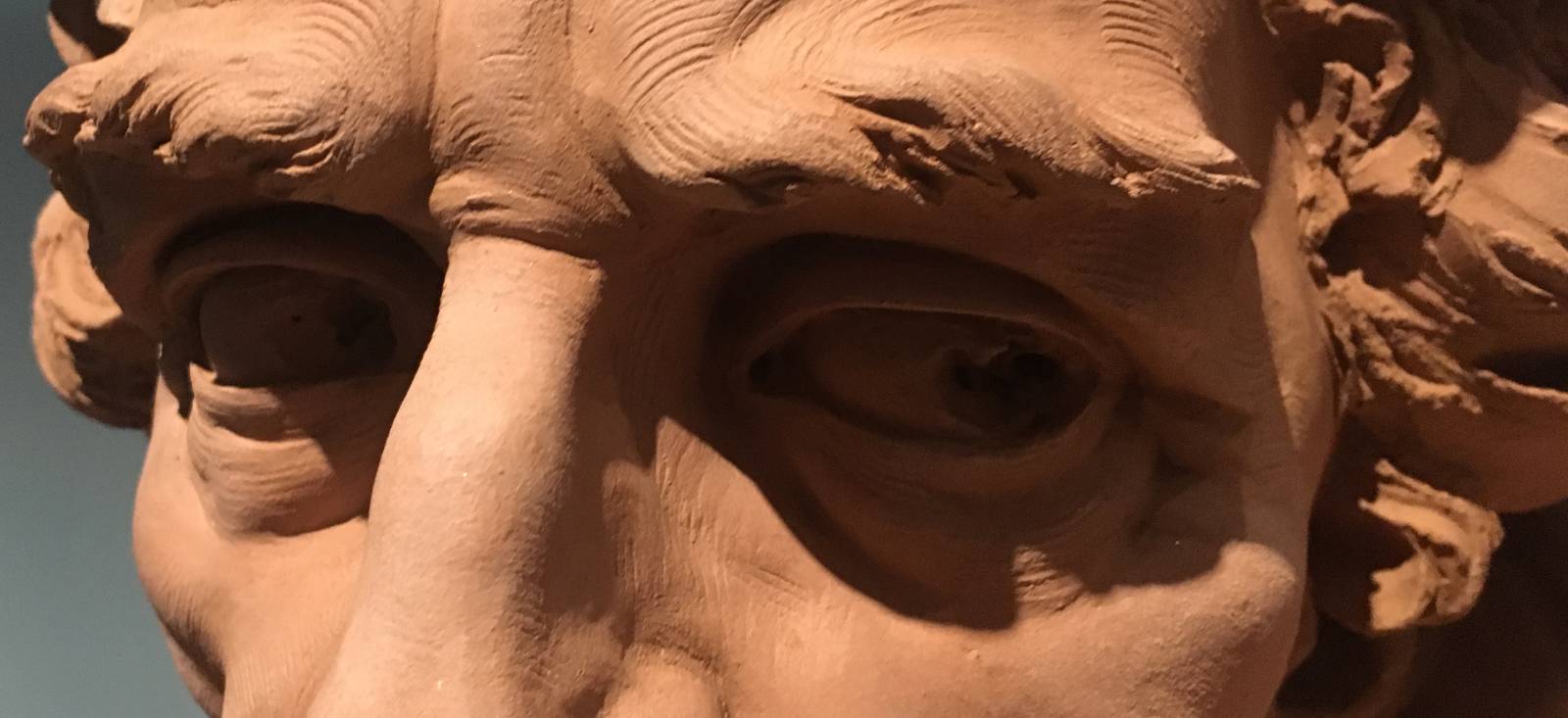










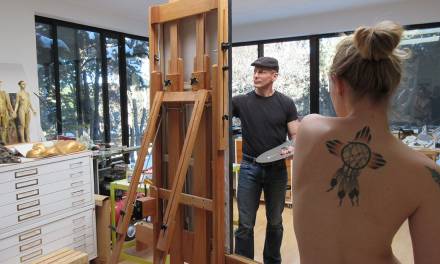
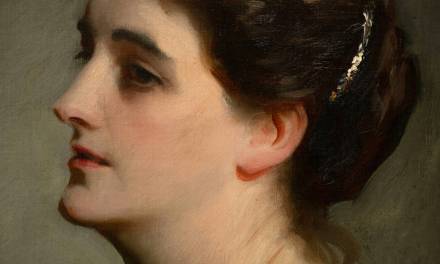
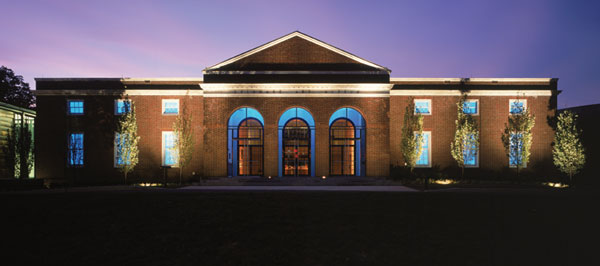
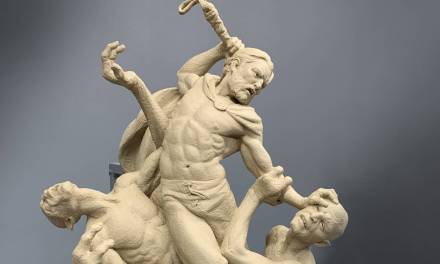

Great overview of the highlights of the museum!
Additional note to help visitors blend in: locals (I live two blocks from there) call it LACMA, without the “the.” (I know…it’s is THE Los Angeles County Museum of Art. It’s just weird, the way we DO put “the” before the number of a highway)